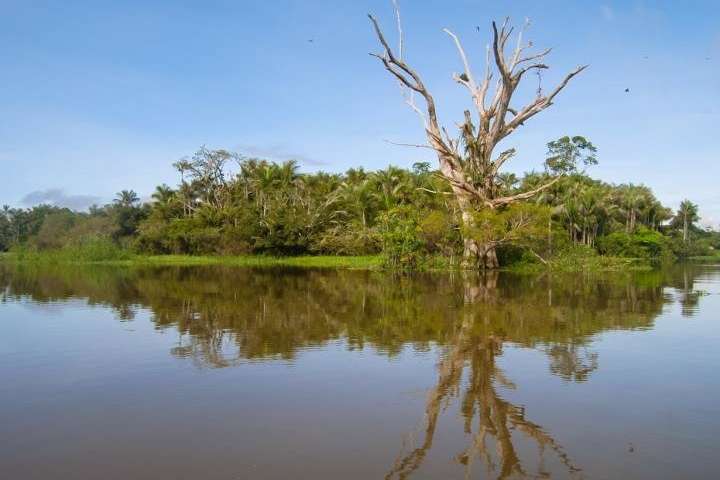
Throughout the Amazonian wetlands, there are immense forests. Rainy conditions in the region cover those areas for almost half the year. The Amazonian wetlands encompass a wide array of types of vegetation in or near stream gullies. This incudes blackwater and whitewater inundation forests, swamps, white sand savannas and mangroves.
A recent study mentions that more than 3600 species populate the Amazonian wetlands. This is about three times the amount than was previously suspected. What does this mean? Well, it makes the Amazon the world’s most diverse wetlands forests in terms of tree species alone.
The authors of the study compiled data available from tree inventories and botanical collections covering all nine countries spanning the Amazon Basin. There’s a list with all names of tree species. It will serve as a basis for future studies so it can fill the gap in botanical knowledge of the region’s wetlands, especially along the areas of the Solimoes and Amazon rivers.
Researchers estimate that if another study of its kind were done that even more tree species could be found. Why? Well, with this study, the area they researched was bigger than before and it included more habitats.
The important thing to note is that the large number of tree species shows the importance of the role played by the wetlands in creating and maintaining biodiversity in the Amazon. Most people have considered the Andes to have that biodiversity prior to this study. Now, the researchers have a different viewpoint of what drives biodiversity on the South American continent. The Andes are important, but the Amazon is just as if not more so important than previously thought.
Trees living in the Amazon Basin don’t have it easy. The climate in the Amazon is distinctly seasonal. There are huge fluctuations between dry periods and heavy rain which lead to floods in which trees can be under water by as much as 8 meters. Wetland habitats, therefore, can be considered environmental filters. They select tree species that are capable of tolerating recurring periods of flood and drought throughout their life cycles.
The trees seem to adapt to the environment in order to survive. This is a fascinating development proving just how special trees are. We always knew it. Now, we have a little bit of science to back it up.
For more information on trees, please stay tuned to our blog. We try to bring you a new blog post each week.











